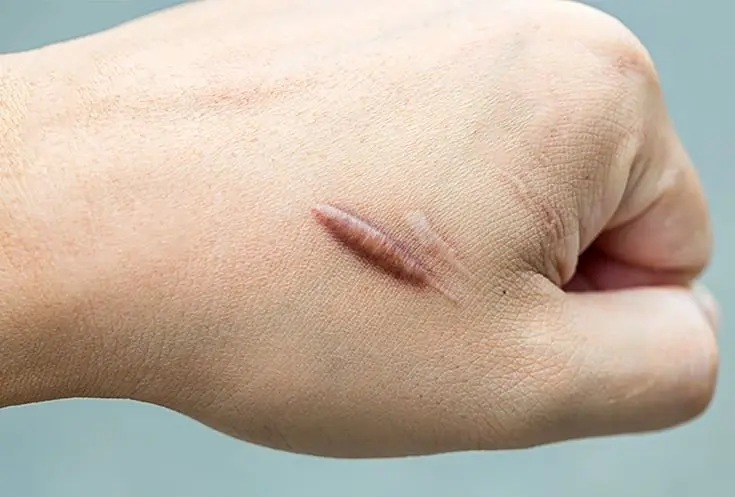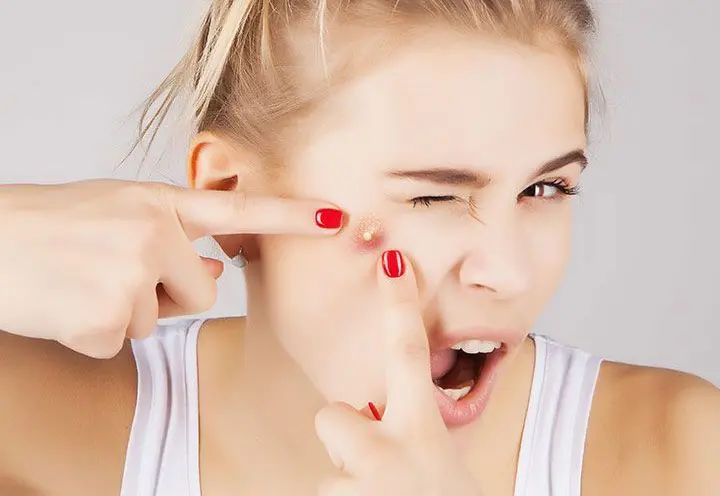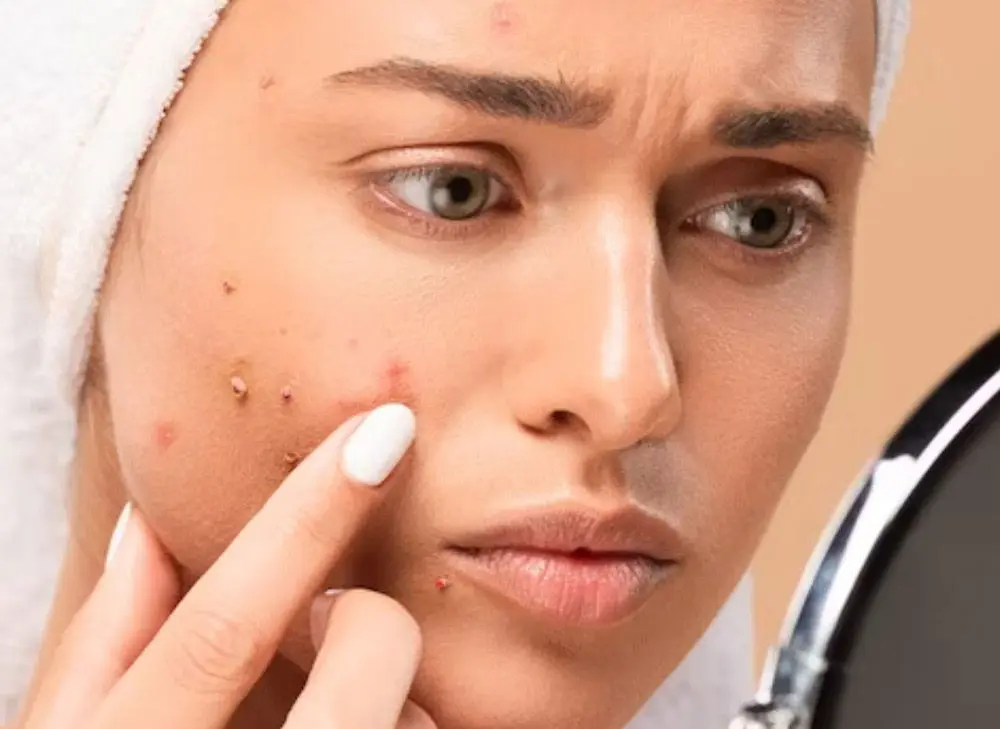Natural Scar Treatment in Melbourne for Radiant Skin
Noticing scars in the mirror can sometimes bring back memories of old breakouts — but it doesn’t have to. Modern Scar Treatment in Melbourne, also known as scar removal or scar reduction, offers gentle and effective ways to help your skin heal and renew itself. Whether your scars come from acne, surgery, or past injuries, today’s advanced skin treatments can smooth uneven texture, restore balance, and help you feel confident in your skin again. With the right care, your skin can recover naturally and glow from within.

Understanding Scars and Effective Scar Treatment in Melbourne
Scars are not flaws — they are the skin’s natural response to injury. However, when collagen production becomes uneven, scars may remain visible as indentations, bumps, or pigment changes. The good news is that modern cosmetic techniques can support your skin’s own healing ability and help refine its surface.
Moreover, understanding what type of scar you have is the key to choosing the most effective approach. Each person’s skin heals differently — and that’s completely normal.
Types of Scars Commonly Seen in Melbourne
Atrophic Scars (Indented Scars)
These include ice pick, boxcar, and rolling scars — small depressions that appear when the skin loses collagen after inflammation. They often respond best to collagen-stimulating treatments such as microneedling or radiofrequency therapy.
Hypertrophic & Keloid Scars (Raised Scars)
Raised scars occur when the skin produces excess collagen during healing. They are common on the chest, jawline, and shoulders. However, treatments like laser rejuvenation or subcision can help soften and flatten these scars over time.
Post-Inflammatory Pigmentation (PIH) & Post-Inflammatory Erythema (PIE)
These are dark or red marks that remain after acne heals. Although not true scars, treating them together with scar therapies leads to smoother, more even-looking skin.

Advanced Options for Scar Treatment in Melbourne
When it comes to improving scars, a personalised approach makes all the difference. Often, a combination of therapies creates the most natural and lasting results. At Medix, these are the treatments most frequently recommended for visible scar improvement:
Laser Skin Rejuvenation
This non-invasive treatment targets both discolouration and uneven texture. By stimulating collagen renewal, it helps resurface the skin and improve overall tone.
Radiofrequency Microneedling
Combining microneedling with radiofrequency energy, this treatment reaches deeper layers of the skin. As a result, it tightens tissue and helps soften long-standing scars while boosting firmness.
Skin Needling
A trusted and effective method for surface-level scars. It encourages natural healing by stimulating new collagen and elastin, leading to smoother, more refined skin.
Chemical Peels
Chemical peels gently remove dull, uneven layers of skin. They can help reduce mild scarring and pigmentation while improving clarity and brightness.
Medical-Grade Skincare Support
Between treatments, professional skincare products such as retinoids, niacinamide, and vitamin C serums can help maintain progress, prevent new scars, and keep your skin barrier healthy.

Advanced Care, Modern Technology, Real Results
At Medix Clinic, we provide all these scar treatment options using the latest technology and evidence-based techniques. Every device, method, and product we use meets modern dermatological standards — ensuring your treatment is not only safe but genuinely effective. Our team regularly updates its approach with new innovations in laser therapy, microneedling, and skin rejuvenation, so you always receive care that’s current, trusted, and tailored to your skin’s unique needs.
A Gentle Path Toward Confidence After Scar Treatment
Healing your scars isn’t just about appearance — it’s about feeling comfortable and confident in your skin again. With gradual, professional care, most people notice a visible change in both texture and self-esteem.
In addition, combining in-clinic treatments with daily skincare habits can make results last longer. Remember, the goal is not perfection but balance — helping your skin renew itself naturally and beautifully.
Service reservation
Book your consultation at Medix today, and let’s design a scar treatment plan that’s built around you.
Contact Medix Clinic
For more information, feel free to contact us at 03 9686 0003.
You can also visit our clinic at 1/367A Centre Road, Bentleigh, Victoria 3204.
Click here to view our location on Google Maps.
About Medix Skincare and Laser Clinic in Melbourne
At Medix Skincare & Laser Clinic in Melbourne, we see scar treatment as more than a procedure — it’s a journey toward self-confidence. Our team combines advanced technology with genuine care to create a tailored plan for every client.
Book your personalised consultation today and take the first step toward smoother, clearer, and more radiant skin. Because at Medix, real renewal begins with understanding your skin — not changing it.
Frequently Asked Questions about Scar Treatment in Melbourne
Acne scars, surgical scars, injury scars, and stretch marks can all be improved with modern treatments.
Options include skin needling, laser therapy, and radiofrequency – the right one depends on your scar type.
Most treatments are well-tolerated, with only mild discomfort that usually settles quickly.
It varies, but multiple sessions are often needed for best results.
Scars usually can’t be erased fully, but they can be softened and made far less noticeable.
Some redness or swelling may appear, but most people return to normal activities within a day or two.


